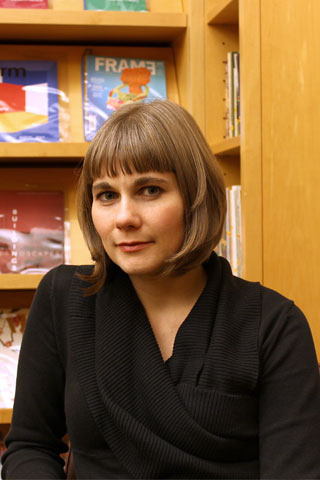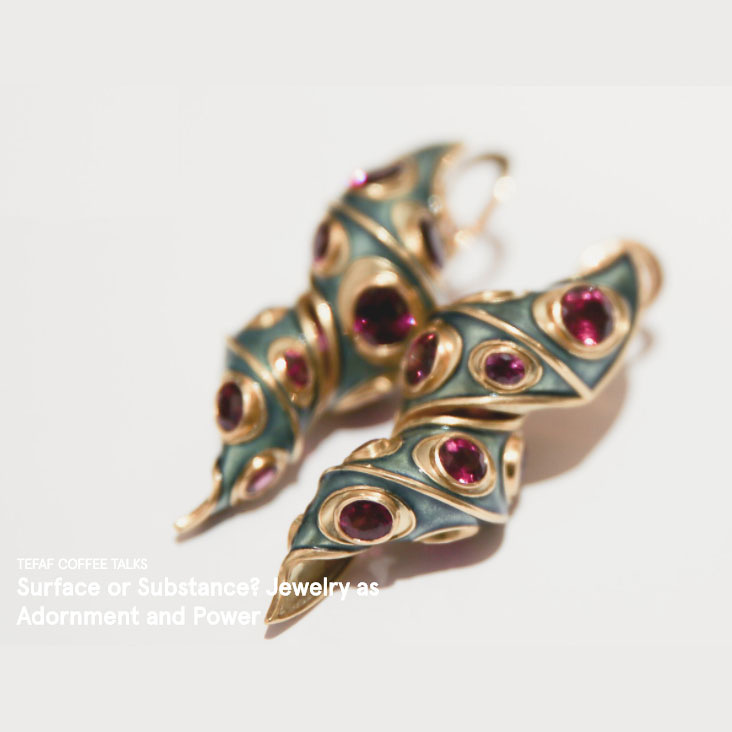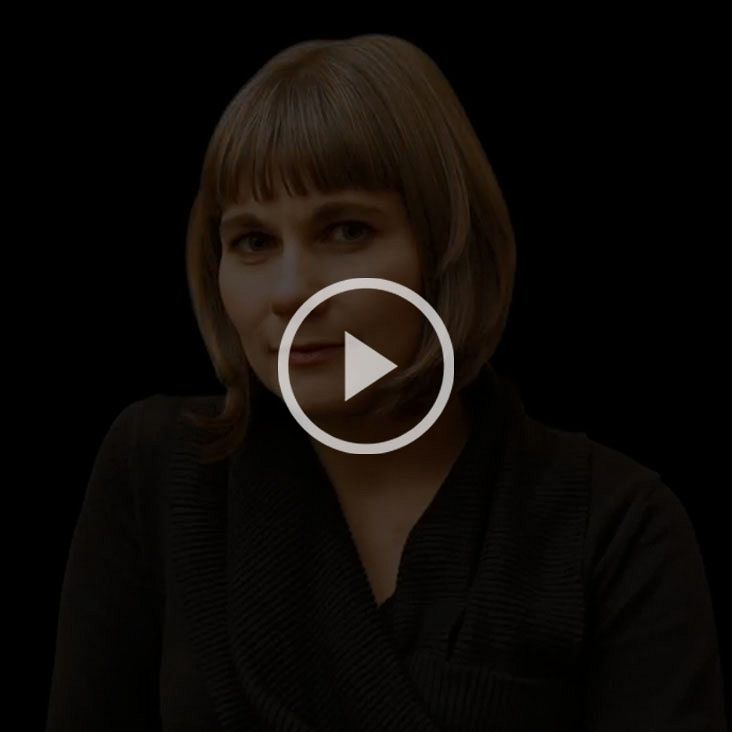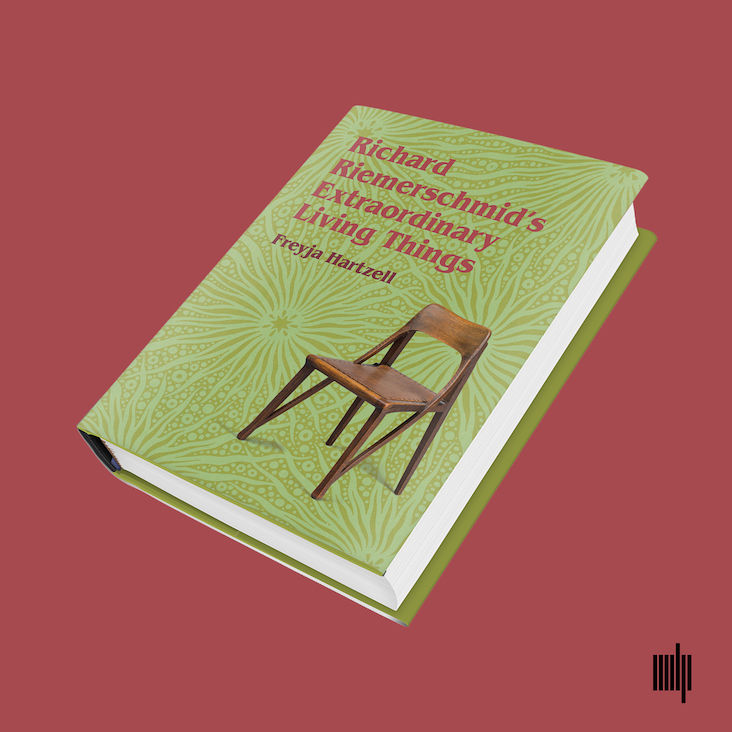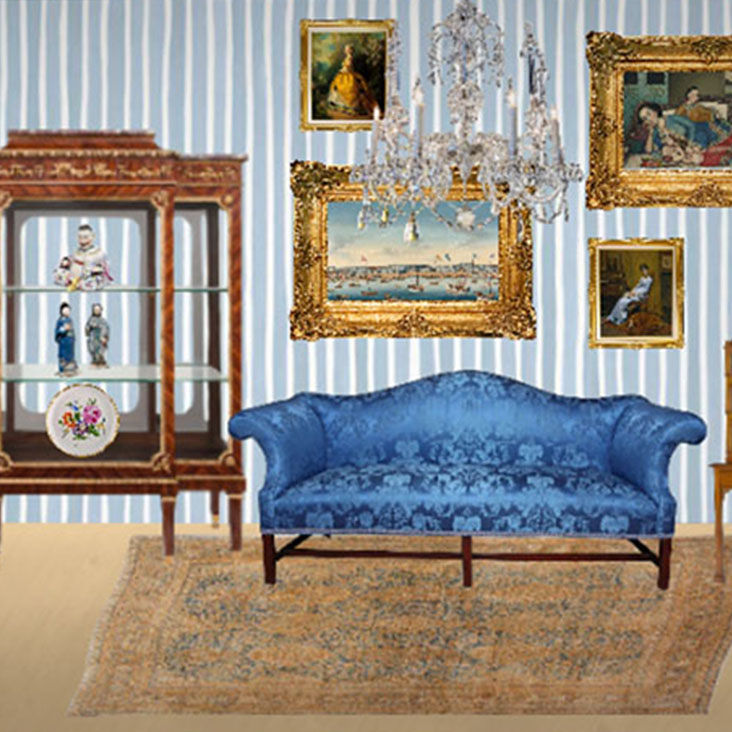I work on European and American design, architecture, art, and fashion from 1750 through the present. I’m especially interested in the various ways in which we engage with objects—and how they engage with us—both historically and in contemporary life. I look closely at the historical and technical meanings of forms and materials to understand how these factors contribute to the cultural, social, and political significance of design as both process and product. And I approach domestic objects as communicators or agents with the power to change the way we think and act. My book, Richard Riemerschmid’s Extraordinary Living Things (MIT Press, 2022), reveals how Munich artist Richard Riemerschmid’s early twentieth-century designs for housewares, furniture, interiors, clothing, textiles, and wallpapers compel us to rethink what it means to be “modern.”
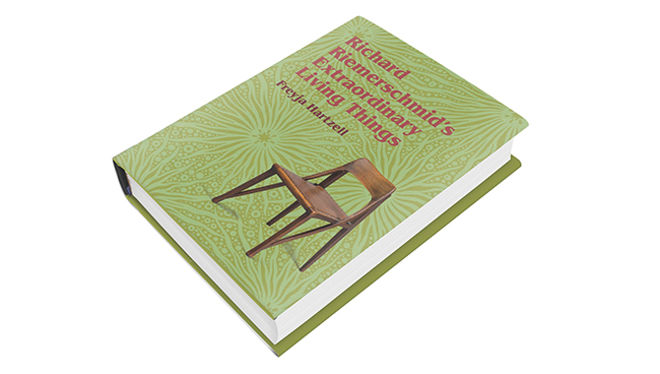
Over the past few years, I’ve lectured and published widely on the relation between the material of glass and the sociopolitical concept of transparency during the first decades of the twentieth century. My research has been supported by the Berlin Program for Advanced German and European Studies, the German Academic Exchange Service (DAAD), the Central European History Society, and the Wolfsonian Museum, the National Endowment for the Humanities, and the Corning Museum of Glass.
I’m currently working on a new project that examines dolls and other types of human figures in the history of design as a means of interrogating key aspects of subject-object relations. Dolls, puppets, automata, and robots— because of their implied, imagined, or attempted sentience—pose complex, interdisciplinary questions about agency and animacy in designed objects. While dolls aren’t designed to contain our coffee or cover our walls, they are designed to be with us, to mirror us, companion us, and to function as the objects of our myriad physical and psychological projections. We deconstruct them in search of ourselves. They are functional objects with a difference, and it’s this difference that I’m keen to pull apart. I will address these questions—and many more—in my next book, Dollatry: Designing Likeness.
Freyja recently appeared on Jonathan Van Ness’s podcast, Getting Curious with Jonathan Van Ness, to discuss disability representation in dolls, why some kids harm their dolls, and what makes play so important. Check out the episode here!
“The Emperor’s New Glass: Transparency as Substance and Symbol in Interwar Design,” in Material Modernity: Innovative Visual and Material Work in the Weimar Republic, ed. Deborah Ascher Barnstone and Maria Makela (London: Bloomsbury Press, 2022), 167-196.
“Deutsches Holz: Wood, Wirkung, and the German Werkbund in 1933,” Zeitschrift für Kunstgeschichte 85, no. 3 (Fall 2022): 363-389.
“Enemy of Secrets: The Invisible Force of Interwar Glass,” Journal of Design History 34, no. 3 (Sept. 2021): 227-242.
“Experience, Poverty, Transparency: The Modern Surface of Interwar Glass,” in Surface and Apparition: The Immateriality of the Modern Surface, ed. YeSeung Lee and Benedict Carpenter (London: Bloomsbury Press, 2021), 163–84.
“Cleanliness, Clarity—and Craft: Material Politics in German Design, 1919–1939,” Journal of Modern Craft 13, no. 3 (December 2020): 247–69.
“Delight in Sachlichkeit: Object as Subject in German Design, Architecture, and Art,” German Quarterly 92:2 (Spring 2019): 256-259.
“A Renovated Renaissance: Richard Riemerschmid’s Modern Interiors for the Thieme House in Munich.” Interiors 5:1 (2014): 5-36.
“Otherworldly Worldliness: Romantic Fantasy and Biedermeier Desire in Schinkel’s Berlin.” Centropa 10:2 (May 2010): 80-105.
“A Ghost in the Machine Age: The Westerwald Stoneware Industry and German Design Reform.” The Journal of Modern Craft 2:3 (November 2009): 251-277.
“The Velvet Touch: Fashion, Furniture, and the Fabric of the Interior.” Fashion Theory 13:1 (March 2009): 51-82.
Anthologized in Interior Design and Architecture: Critical and Primary Sources, vol. 2, edited by Mark Taylor, 138-157. London: Bloomsbury Publishing, 2013.
489 Living Things: Biology & Design in the Long Nineteenth Century
491 Comrade Commodity: Design Behind the Iron Curtain
480 Doll Parts: Human Forms in the History and Theory of Design & Material Culture
923 Against Nature: Domesticating Modernism in Nineteenth-Century Europe
926 Bauhaus, Before, and Beyond: German Design from Gründerzeit to Ulm School
931 News from Nowhere: Design and Utopia
938 “Ornament and Crime”: Decoration and Its Discourses from Late Antiquity to Today
942 Tales of Seduction: Architecture and Design in Fiction
953 Seize the Stem! Art Nouveau in Europe
966 The Green Hat: Fashion in Word and Image

Richard Riemerschmid’s Extraordinary Living Things (MIT Press, 2022)
Over the past few years, I’ve lectured and published widely on the relation between the material of glass and the sociopolitical concept of transparency during the first decades of the twentieth century. My research has been supported by the Berlin Program for Advanced German and European Studies, the German Academic Exchange Service (DAAD), the Central European History Society, and the Wolfsonian Museum, the National Endowment for the Humanities, and the Corning Museum of Glass.
I’m currently working on a new project that examines dolls and other types of human figures in the history of design as a means of interrogating key aspects of subject-object relations. Dolls, puppets, automata, and robots— because of their implied, imagined, or attempted sentience—pose complex, interdisciplinary questions about agency and animacy in designed objects. While dolls aren’t designed to contain our coffee or cover our walls, they are designed to be with us, to mirror us, companion us, and to function as the objects of our myriad physical and psychological projections. We deconstruct them in search of ourselves. They are functional objects with a difference, and it’s this difference that I’m keen to pull apart. I will address these questions—and many more—in my next book, Dollatry: Designing Likeness.
Freyja recently appeared on Jonathan Van Ness’s podcast, Getting Curious with Jonathan Van Ness, to discuss disability representation in dolls, why some kids harm their dolls, and what makes play so important. Check out the episode here!
Selected Recent Publications
Richard Riemerschmid’s Extraordinary Living Things (Cambridge, MA: MIT Press, 2022).
“The Emperor’s New Glass: Transparency as Substance and Symbol in Interwar Design,” in Material Modernity: Innovative Visual and Material Work in the Weimar Republic, ed. Deborah Ascher Barnstone and Maria Makela (London: Bloomsbury Press, 2022), 167-196.
“Deutsches Holz: Wood, Wirkung, and the German Werkbund in 1933,” Zeitschrift für Kunstgeschichte 85, no. 3 (Fall 2022): 363-389.
“Enemy of Secrets: The Invisible Force of Interwar Glass,” Journal of Design History 34, no. 3 (Sept. 2021): 227-242.
“Experience, Poverty, Transparency: The Modern Surface of Interwar Glass,” in Surface and Apparition: The Immateriality of the Modern Surface, ed. YeSeung Lee and Benedict Carpenter (London: Bloomsbury Press, 2021), 163–84.
“Cleanliness, Clarity—and Craft: Material Politics in German Design, 1919–1939,” Journal of Modern Craft 13, no. 3 (December 2020): 247–69.
“Delight in Sachlichkeit: Object as Subject in German Design, Architecture, and Art,” German Quarterly 92:2 (Spring 2019): 256-259.
“A Renovated Renaissance: Richard Riemerschmid’s Modern Interiors for the Thieme House in Munich.” Interiors 5:1 (2014): 5-36.
“Otherworldly Worldliness: Romantic Fantasy and Biedermeier Desire in Schinkel’s Berlin.” Centropa 10:2 (May 2010): 80-105.
“A Ghost in the Machine Age: The Westerwald Stoneware Industry and German Design Reform.” The Journal of Modern Craft 2:3 (November 2009): 251-277.
“The Velvet Touch: Fashion, Furniture, and the Fabric of the Interior.” Fashion Theory 13:1 (March 2009): 51-82.
Anthologized in Interior Design and Architecture: Critical and Primary Sources, vol. 2, edited by Mark Taylor, 138-157. London: Bloomsbury Publishing, 2013.
Selected Courses
455 In Focus: Welcome to the Dolls’ House I
489 Living Things: Biology & Design in the Long Nineteenth Century
491 Comrade Commodity: Design Behind the Iron Curtain
480 Doll Parts: Human Forms in the History and Theory of Design & Material Culture
923 Against Nature: Domesticating Modernism in Nineteenth-Century Europe
926 Bauhaus, Before, and Beyond: German Design from Gründerzeit to Ulm School
931 News from Nowhere: Design and Utopia
938 “Ornament and Crime”: Decoration and Its Discourses from Late Antiquity to Today
942 Tales of Seduction: Architecture and Design in Fiction
953 Seize the Stem! Art Nouveau in Europe
966 The Green Hat: Fashion in Word and Image

